Are you planning to replace the hydraulic hoses in your car, and do you want to know how to correctly cut the new hoses to get the length you need? You’ve come to the right place, for we have researched this question and have the answer for you.
There are three ways to cut hydraulic hoses:
- using a hose cutter
- using a rotary saw
- using pipe cutters
Discuss the different ways of cutting hydraulic hoses in the succeeding sections. Learn more about hydraulic hoses in the areas below. Read on!
What Are The Different Types Of Hydraulic Hoses?
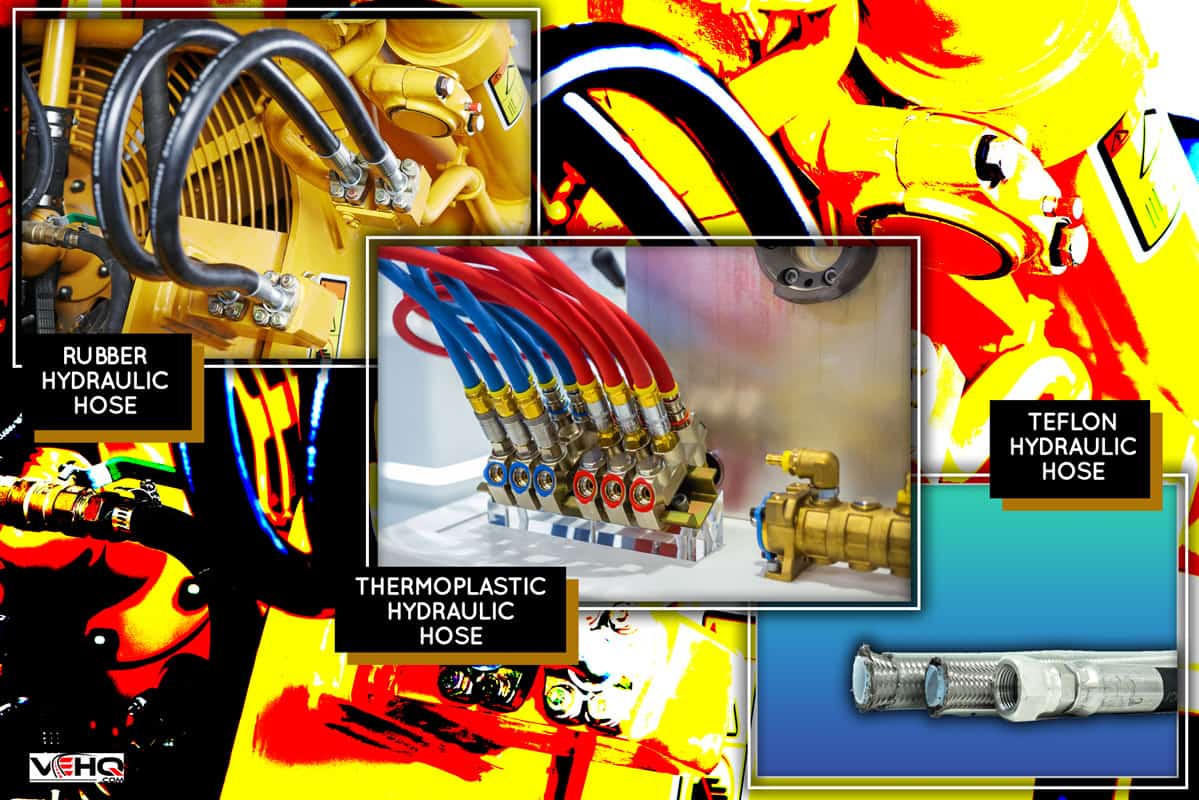
A hydraulic hose is a common car component. It is responsible for conveying hydraulic fluid.
Hydraulic fluid is a water- or oil-based fluid that is virtually incompressible. Hydraulic fluids transfer the force from one end of a hydraulic system to the other end.
A hydraulic hose keeps the hydraulic fluid in place as it transports force. Hydraulic hoses have an inner tube. This is where the hydraulic fluid travels.
A reinforcement layer protects the outside of the tube. There can be one to several layers separated by a thin layer. The layers of reinforcement prevent the tube from bursting.
Hydraulic fluids are always subject to powerful forces that they need to transport to the other end of the hydraulic system. The hydraulic hose should be able to handle the pressure without bursting.
The outermost layer is a covering that protects from abrasion and the elements. This layer protects the reinforcement layer from damage.
Here are the different types of hydraulic hoses.
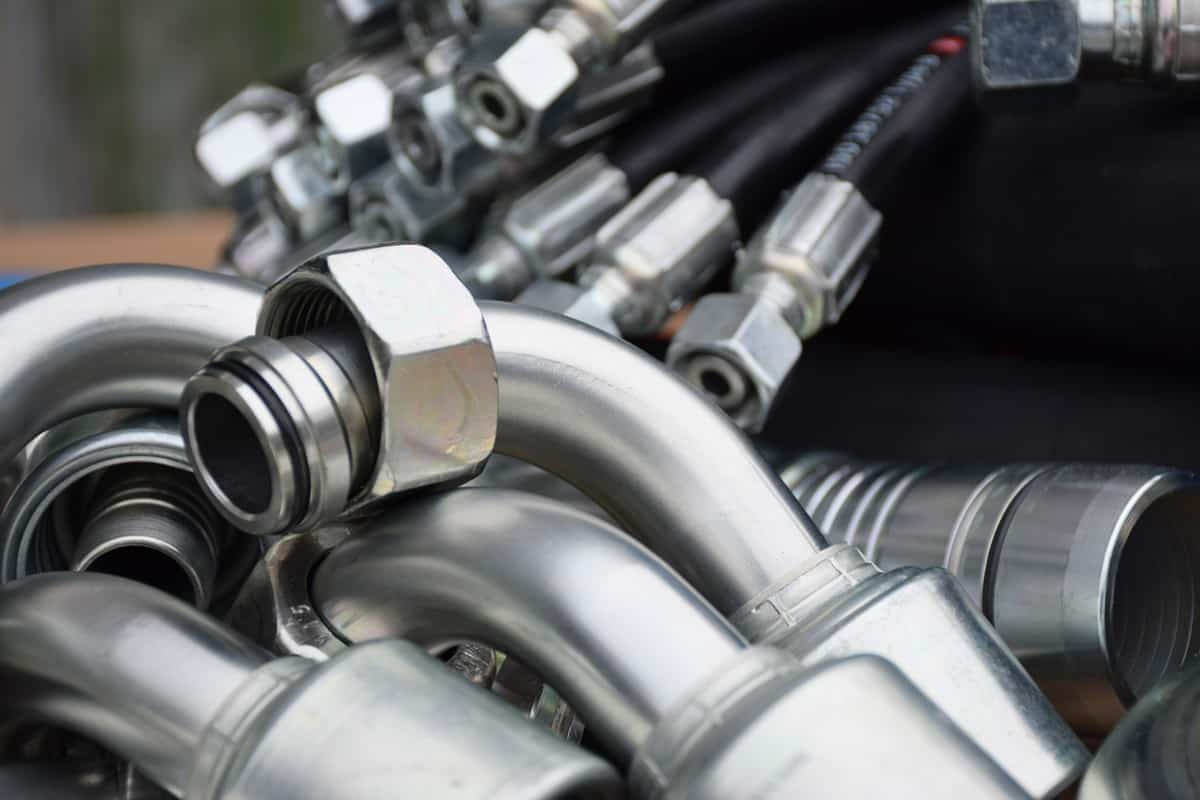
Rubber Hydraulic Hose
Nitrile rubber is the most common material in rubber hydraulic hoses.
Nitrile rubber is also known as NBR or nitrile butadiene rubber. It is a synthetic rubber chemical derivative of acrylonitrile and butadiene. It is resistant to fuel, oil, and other chemicals.
Nitrile rubber is more resistant to oils and acids than natural rubber. However, natural rubber has superior flexibility.
Nitrile rubber is stable at 226 degrees, making it ideal for automotive and aeronautical applications.
Rubber hydraulic hoses for low-pressure applications (1,000 PSI or less) use textile braids as support. It uses high-tensile steel wire braids for high-pressure applications of 7,000 PSI or more.
Rubber hydraulic hoses can have up to six reinforcement layers.
The outer layer is usually made of engineered rubber, which protects against the elements and abrasion. Rubber hydraulic hoses for tough applications use UHMW.
UHMW (Ultra High Molecular Weight Polyethylene) or UHMWPE is a tough plastic material. It is resistant to wear and impact and has high abrasion resistance while remaining lightweight.
Thermoplastic Hydraulic Hose
The core of a thermoplastic hydraulic hose starts with a tube of nylon, polyamide, polyester, or fluoropolymers. Reinforcement is commonly synthetic fiber weaves.
It often features an outer shell made from polyester, polyethylene, polyurethane, or PVC.
The reinforcement weave can be made of polyester, polyamide or aramid fibers, or steel wire.
The external covering of polyester elastomer or polytetrafluoroethylene (PTFE) gives it adaptability in extreme cold applications. High-temperature applications use special polyolefins, polyamides, or PTFE.
The components of a thermoplastic hydraulic tube use chemical bonding and re-melting that creates a strong bond between the different components.
Its advantage over rubber hydraulic hoses is its ability to handle environmental factors that can cause premature degradation in rubber hydraulic hoses.
A thermoplastic hydraulic hose is common in general hydraulic applications. It is common in systems that are in contact with high voltages because of its nonconductive property.
Thermoplastic hydraulic hoses can have small internal diameters or ID because it doesn’t need a mandrel during manufacture.
A rubber hydraulic hose’s smallest diameter is 3/16th of an inch, while a thermoplastic hydraulic hose is 1/16th of an inch.
Teflon Hydraulic Hose
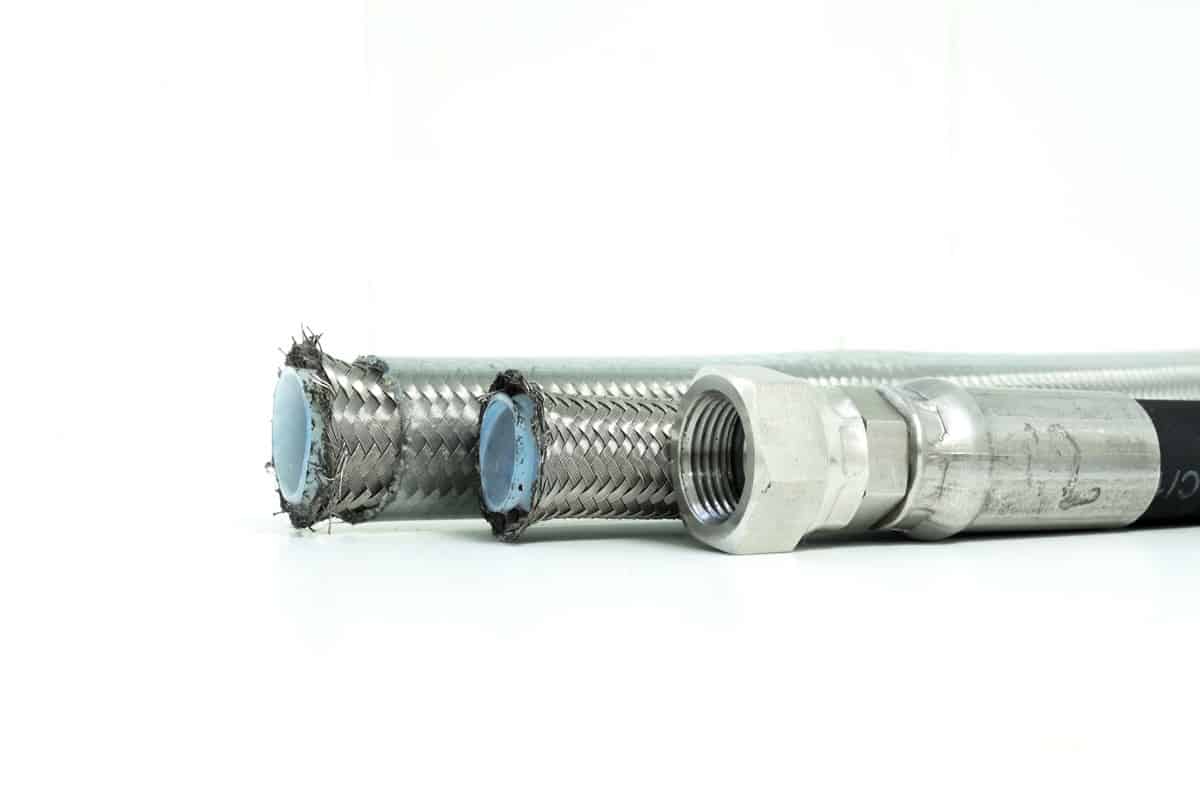
The inner tube is made from Teflon or PTFE (Polytetrafluoroethylene).
It uses a stainless-steel braid for reinforcement. In most cases, a Teflon hydraulic hose doesn’t have an outer cover because the stainless-steel braid will not rust under normal circumstances.
A Teflon hydraulic hose can withstand temperatures of up to 450 degrees Fahrenheit.
However, remember that Teflon hydraulic hoses have an ID that is 1/16th of an inch smaller than what the part number indicates. Thus, a -04 hose is 3/16th of an inch instead of 4/16th of an inch.
What Is The Best Way To Cut A Hydraulic Hose?
Hydraulic hoses are extremely tough and can last for years. Thus, cutting hydraulic hoses can be challenging because of the materials they are made of.
To cut hydraulic hoses, you will need a cutting tool that can cut through the different layers of the hose.
There are three methods that you can use for cutting hydraulic hoses. There are advantages and disadvantages to each approach that you should consider when choosing. Let’s go through each of these methods below.
Circular Saw
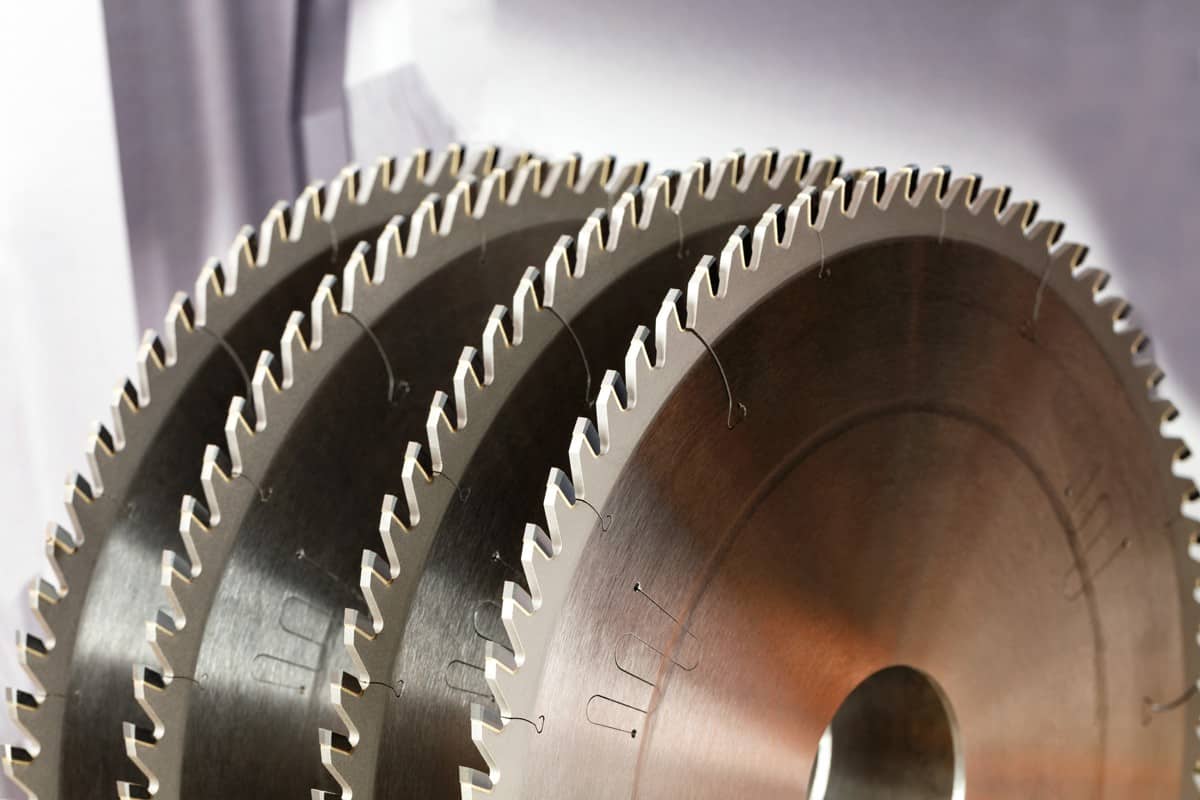
Circular saws or rotary saws are mechanical saws that have circular blades. Its motor can rotate a blade at blazing speeds.
Although the standard blade of a rotary saw is for cutting wood, you can equip special blades that are ideal for cutting through other materials like steel and hydraulic hoses.
Since a rotary saw uses an electric motor to provide cutting power, you can use a rotary saw to cut multiple hydraulic hoses without tiring too much.
Although a standard rotary blade can cut through a hydraulic hose, it is not a good idea.
Using a blade for wood or a blade for metal to cut hydraulic hoses will create dust particles inside the hose. This makes it necessary to clean the inside of the hose to remove the dust particles to prevent contaminating your hydraulic system.
When cutting Teflon hydraulic hoses, it is best to cover the area that you will cut with masking tape to minimize the fraying of the stainless-steel weave.
The advantage of using the circular saw to cut hydraulic hoses is that it can produce clean cuts when using a blade made for cutting hydraulic hoses. Unfortunately, this blade will dull if you use it for other cutting tasks.
Additionally, most special blades for cutting hydraulic hoses can only safely cut hoses with up to two stainless-steel weaves. Cutting a hose with more than two stainless-steel weaves can accelerate the dulling of the blade.
A disadvantage of this method is the cost. Unless you already have a rotary saw, you will need to buy both the saw and the blade. This can be expensive if you use it for projects that are few and far between.
Moreover, it will not run without electricity, which can be a challenge for use in on-site tasks.
Toledo Hydraulic Hose Blade is available on Amazon.
Hose Cutter
A hose cutter looks like a large bolt cutter. It doesn’t just look like a bolt cutter; it also borrows some elements from the design.
It has a long handle to apply the necessary force for cutting hydraulic hoses with multiple layers of stainless-steel weaves, which is its strongest feature.
When cutting hydraulic hoses with stainless-steel weaves, it is a good idea to cover the area to be cut with several layers of masking tape.
After cutting a hydraulic hose, you can use pliers to cut the end circularly. Sometimes, you will need to use small wire cutters to remove small pieces of stainless steel weave around the cut area.
Some hose cutter designs have a ratcheting feature that allows you to cut hydraulic hoses with multiple layers of stainless-steel weaves with minimal force.
A hose cutter doesn’t need electricity and is easy to transport. It will take up very little space in your truck bed toolbox. Moreover, you can use it on-site for hydraulic hose jobs because it doesn’t need electrical energy.
There is a small version of a hydraulic hose cutter that you can put in your pocket. This is ideal for cutting small hydraulic hoses for various uses.
Vibrant Performance Hose Cutting Shears are available on Amazon.
Jagwire Hydraulic Hose Cutter is available on Amazon.
PVC Pipe Cutter
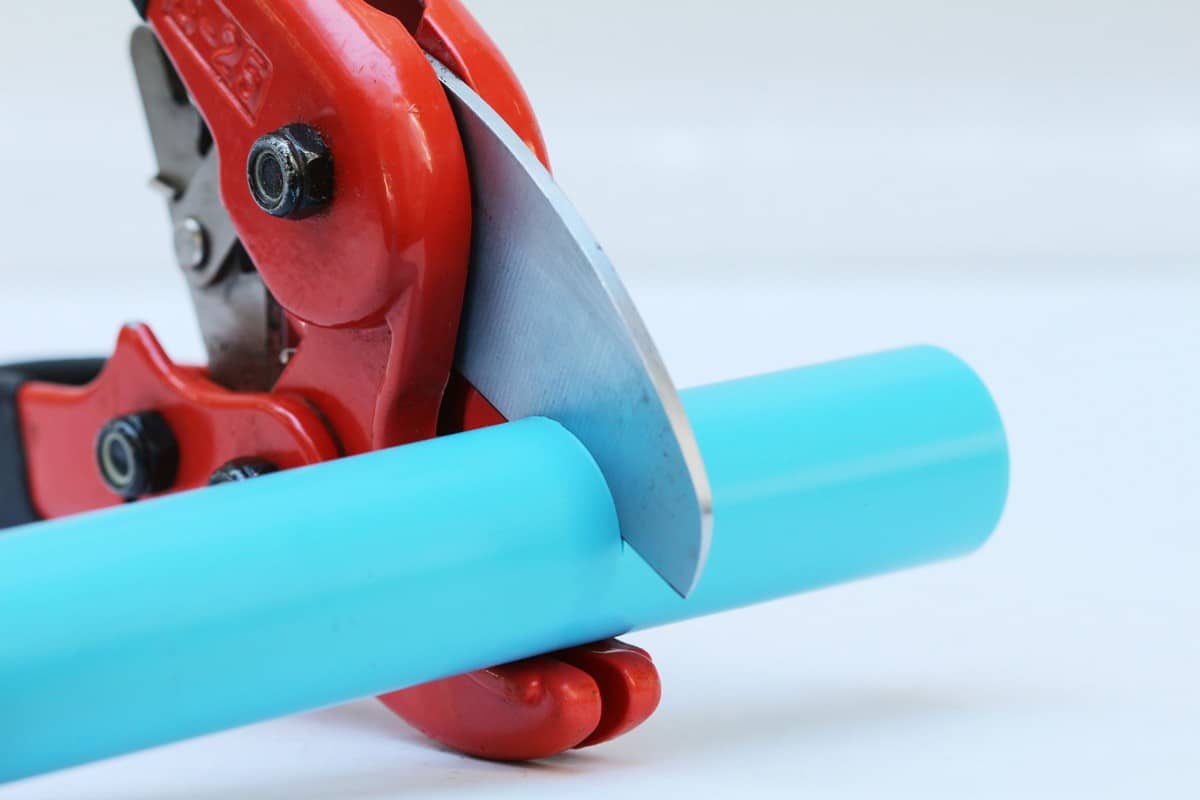
A PVC pipe cutter is like a wire cutter that you can use to cut PVC pipes in one hand.
It has a sharp angled blade that pierces the PVC pipe with the tip of the blade and then proceeds with cutting the pipe with both ends.
Its blades are sharp enough to produce a clean cut in hydraulic hoses that don’t produce any dust residues from the cut.
You will dull the cutter's blade if you use a PVC pipe cutter on hydraulic hoses with stainless-steel weaves.
The advantage of using a PVC pipe cutter is that it is the lightest of the three tools here, and if you work with PVC pipes in your home, you likely have the tool lying around in your garage already.
This makes it a cheap alternative to the first two.
Additionally, bringing it with you for emergency hydraulic pipe repairs on-site is very easy. On the downside, it cannot cut through hydraulic hoses that use stainless-steel weaves for reinforcement.
Libraton PVC Pipe Cutter is available on Amazon.
To Wrap Things Up
Different methods of cutting hydraulic hoses depend on how it was manufactured.
Made it to the end? Check out these related articles:




